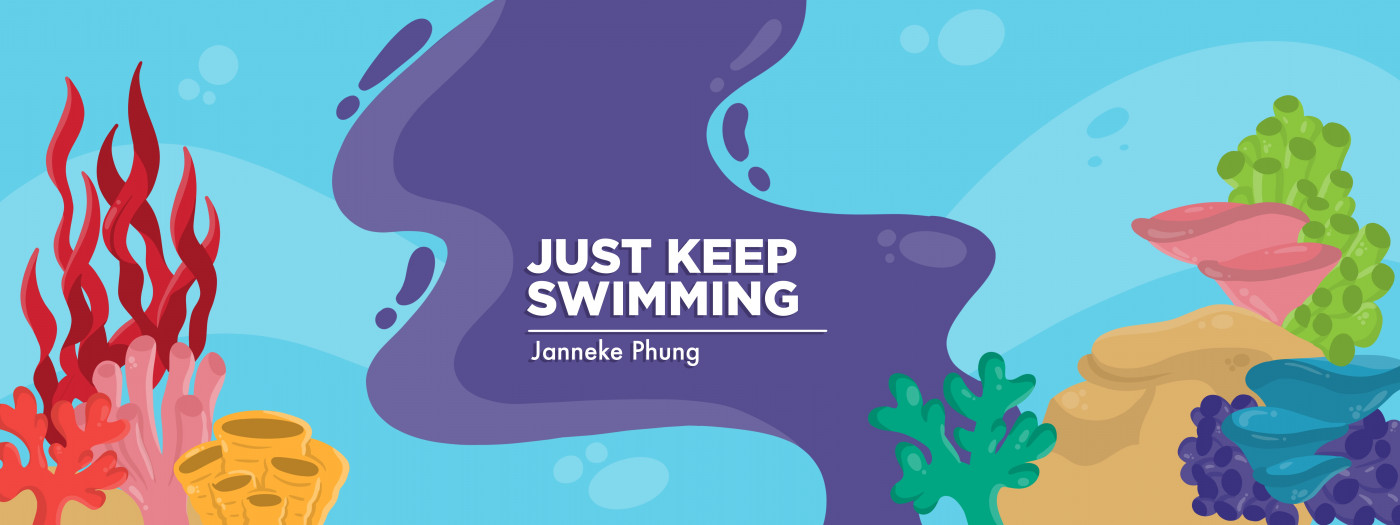Finding Relief While Waiting for an Ankylosing Spondylitis Diagnosis
For this columnist, pre-diagnosis pain was too intense to ignore

My three boys down the hallway and my husband next to me were off in dreamland. The occasional rumble of a passing car and the shadows on the walls from the streetlights were hardly noticeable. My thoughts centered on how I could manage the beast inside my body.
Although the night was still young, as it was barely past midnight, my lower back was already screaming. It felt as if a little goblin were inside me, twisting and turning a dagger between my ribs and joints. I knew switching positions wouldn’t bring me any comfort, as movement often further awakened the beast. I felt trapped.
The pain was acute and unavoidable. The tightness in my chest and the aching of my joints were constant. My emotions and fears were as dark as the night.
That fear was legitimate, as an appointment I had with a rheumatologist was at least six months away, due to a waiting list. Although my family doctor strongly suspected a diagnosis of ankylosing spondylitis (AS), he was unable to prescribe anything other than NSAIDs, which did nothing to ease the pain. As a result, I faced countless long and painful nights, in addition to days devoted to a toddler and twin infants who needed more of me than I was able to give.
All of this led to a self-destructive outlook on life. I felt that I was at the mercy of an incurable, progressive disease that would rob me of everything beautiful in my life. That depressing realization left me paralyzed with fear for as long as I let it.
Seeking relief
Understandably, I wanted relief from the pain as quickly as possible. If a rheumatologist had handed me a prescription for a biologic in those moments of agony, you can bet I would have jumped for joy at the hope of finding relief. However, that was not the case for me. I was months away from access to effective medication. The relentless pain I felt daily and the raging beast that visited me nightly were constant reminders of this progressive disease.
It would be inaccurate for me to say that alternative treatments were my first choice. Yet I refused to go down without a fight. I resolutely threw myself into diet and lifestyle modifications for AS. Particularly, I switched from a standard American diet to a starch-free elimination diet. During that time of intense focus on managing symptoms and healing naturally, I continued to run into people who had significant success with alternative treatment methods. Fear was slowly replaced by hope. Amazingly, my AS symptoms slowly started to fade.
One morning, a few weeks before I was scheduled to see the rheumatologist for my initial appointment, the shrieking of my alarm clock awoke me at dawn. For months leading up to that moment, I had been attempting to manage my AS symptoms with mostly dietary modifications. Normally, pain would wake me in the mornings. But on that day, the annoying sound of my alarm clock became music to my ears, as I didn’t feel pain or stiffness for the first time in as long as I could remember.
Three years later, I now have an official diagnosis of AS. However, instead of taking medications, I have found that a starch-free diet has been effective at managing my symptoms and halting the disease’s progression. (It is important to remember that not everyone responds the same way to treatment strategies, and you should always talk to your doctor before making any diet or treatment modifications.)
I’m so grateful to be at a point where I can enjoy my family without the distraction and exhaustion of constant pain. Typically, I feel good enough to keep up with my young boys, and when needed, I can carry them on my shoulders while we’re hiking. The diet has become second nature and no longer requires the same effort it once did.
In hindsight, I am so thankful that the wait to see a rheumatologist was so lengthy. I never would have been able to drum up enough motivation to drastically modify my diet without promises of relief if other treatment options had been available to me.
I am not cured, of course, but I also don’t feel hopeless or defeated. I have much more control over this disease than I initially realized. I also know from other people’s testimonies that I am not alone in finding relief from AS symptoms through dietary modifications.
Thanks for reading! You can read more about my story here as well as browse starch-free recipes and other people’s success stories, particularly those who manage their AS with diet and lifestyle modifications. Also join me on Instagram and Facebook for the latest updates and recipes!
Note: Ankylosing Spondylitis News is strictly a news and information website about the disease. It does not provide medical advice, diagnosis, or treatment. This content is not intended to be a substitute for professional medical advice, diagnosis, or treatment. Always seek the advice of your physician or other qualified health provider with any questions you may have regarding a medical condition. Never disregard professional medical advice or delay in seeking it because of something you have read on this website. The opinions expressed in this column are not those of Ankylosing Spondylitis News or its parent company, Bionews, and are intended to spark discussion about issues pertaining to ankylosing spondylitis.








Leave a comment
Fill in the required fields to post. Your email address will not be published.